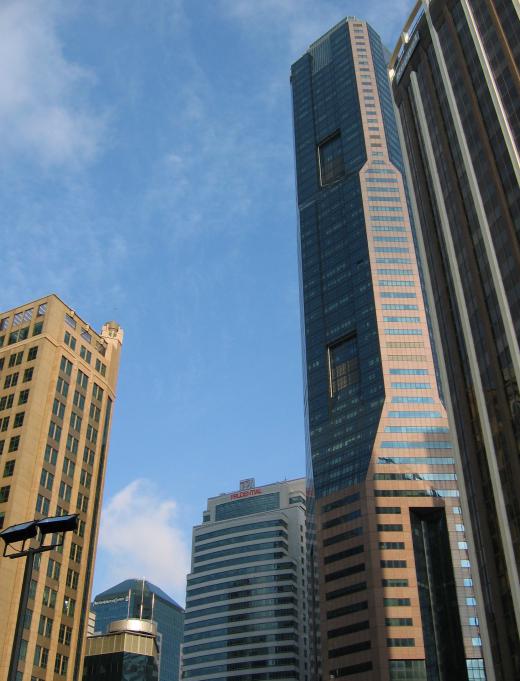Residential towers are extremely tall high-rise buildings dedicated primarily to providing living accommodations and sometimes parking for residents. These are sometimes also called tower blocks, multi-dwelling units (MDU) or high-rise apartment buildings. Unlike many skyscrapers that house offices and other businesses, residential towers are devoted to residences, though they may have a store or two and a few offices. Building residential towers is one way to create more living space, especially in crowded urban environments.
Some of the earliest examples of residential towers or tower blocks were built in England and in the US. Building some skyscrapers to address housing needs after the World War II bombings in England was often thought a quick way of solving housing problems. In the US, the first residential tower was Castle Village, opened in New York City in 1939. Some of the early residential towers built in the US became quite popular, and were well maintained. Others were specifically designed to help people in need of low-income housing.

Many public welfare housing projects that were built became huge failures, resulting in slums, and high rates of violent crimes and drug use. In response, the US is now in the process of demolishing some of the worst residential towers, because they are in such a state of decay. Commercial residential towers have fared much better since they are designed to make a profit. Therefore interest in upkeep is higher.
Especially popular now are those residential towers that feature luxury flats and accommodations, appealing to city dwellers with large incomes. Many people actually own their residences within residential towers, and participate on housing boards to keep the buildings in excellent shape. Due to high monthly maintenance and/or homeowner fees, owning a residence in a residential tower can be just as costly, if not more so, than owning a freestanding home.
In England, popularity of residential towers significantly declined when part of the Ronan Point tower block collapsed in 1968, just a few weeks after people had moved into the building. The collapse was due to a gas explosion, and sadly it took the lives of four people, and injured another 17. With safer building techniques, the UK is seeing a new interest in building new residential towers, especially as it moves to address housing shortages in urban environments.
There are some impressively tall residential towers in the world. The two tallest are in Australia, with the Q1 tower standing 1058 feet (322.48m) tall. Surprisingly, America’s tallest residential tower, the Trump World Tower, only makes number seven on the top ten list. Preceding it are one other tower in Australia, two towers in Dubai, and residential towers in Moscow and Seoul.
